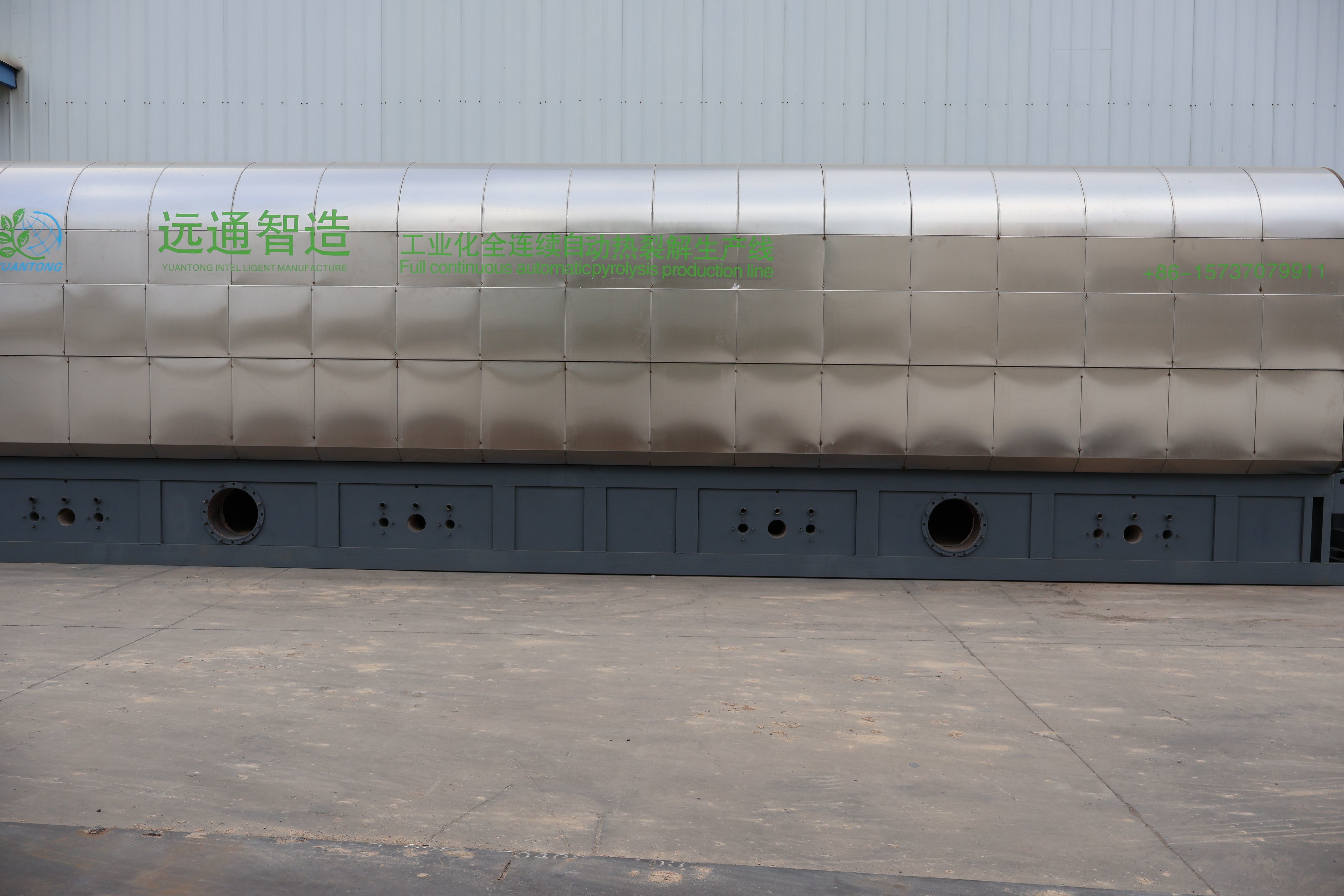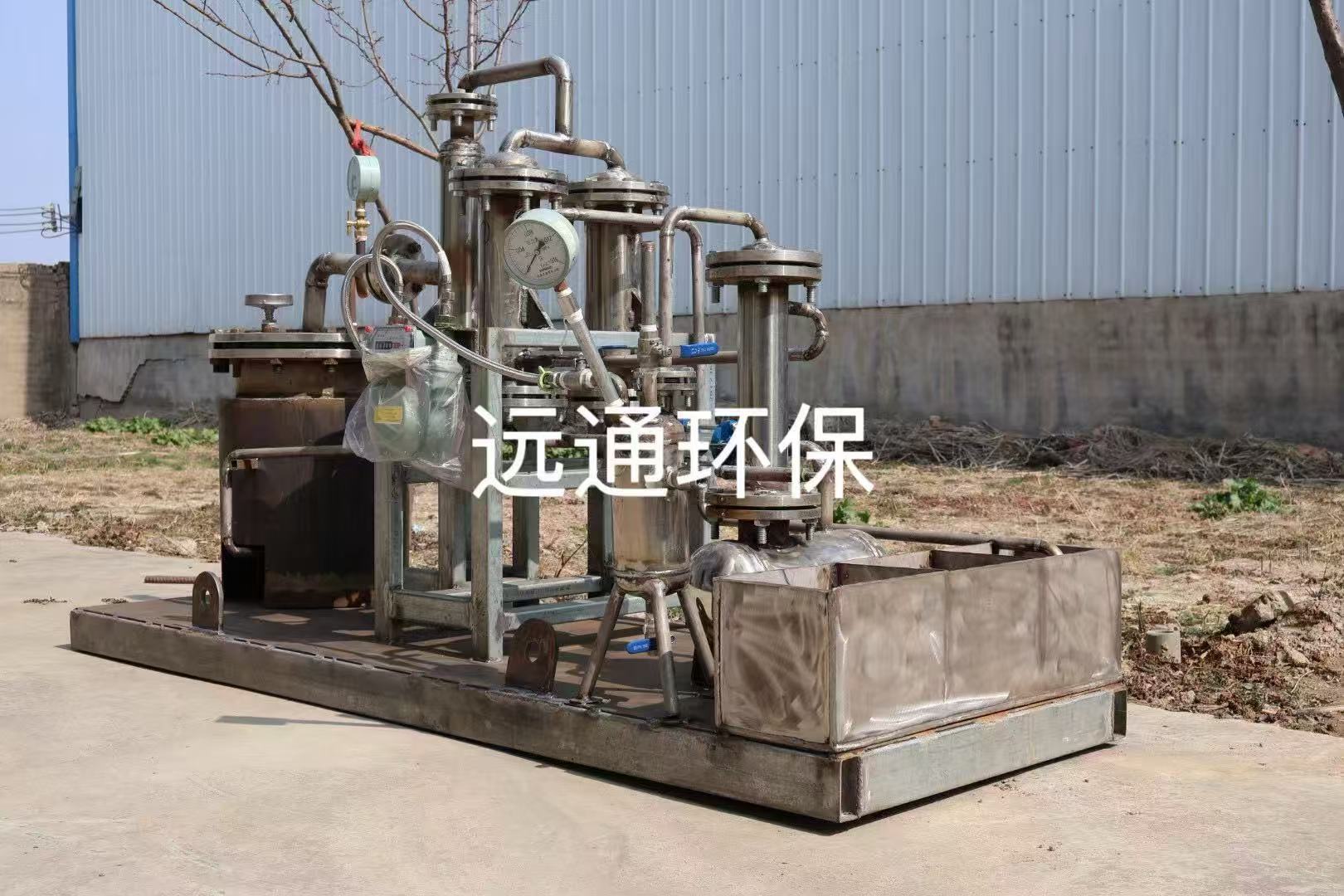How the waste gas dust purification equipment works
Release time:
Jul 28,2022
Waste gas dust purification equipment, also known as air pollution control equipment, is used to remove harmful pollutants and particulate matter from industrial exhaust gases before they are released into the atmosphere. This equipment plays a crucial role in reducing air pollution and protecting the environment and human health.
Waste gas dust purification equipment, also known as air pollution control equipment, is used to remove harmful pollutants and particulate matter from industrial exhaust gases before they are released into the atmosphere. This equipment plays a crucial role in reducing air pollution and protecting the environment and human health.
The working principle of waste gas dust purification equipment involves several steps:
1. Filtration: The first step in the purification process is filtration, where the exhaust gas is passed through a series of filters to remove large particulate matter such as dust, ash, and soot. The filters typically consist of porous materials such as fabric, paper, or ceramic that trap the particles while allowing the clean gas to pass through.
2. Electrostatic precipitation: In this step, the exhaust gas is passed through an electrostatic precipitator, which uses an electric charge to remove smaller particles that are not captured by the filters. The particles are charged as they pass through the device and are then attracted to collection plates or electrodes where they are removed from the gas stream.
3. Scrubbing: Scrubbers are used in waste gas purification equipment to remove harmful gases such as sulfur dioxide, nitrogen oxides, and volatile organic compounds. In a scrubber, the exhaust gas is sprayed with a liquid solution (often water) that reacts with the pollutants and neutralizes them. The cleaned gas is then released into the atmosphere, while the pollutants are collected for disposal.
4. Adsorption: Some waste gas purification equipment uses adsorption to remove pollutants. In this process, the exhaust gas is passed through a bed of adsorbent material, such as activated carbon or zeolite, which traps the pollutants on its surface. The adsorbent material can then be regenerated by heating or other methods to release the pollutants for disposal.
5. Catalytic conversion: Catalytic converters are used in waste gas purification equipment to convert harmful gases such as carbon monoxide, nitrogen oxides, and volatile organic compounds into less harmful substances. The converter contains a catalyst material, usually a metal or metal oxide, that facilitates the chemical reactions that break down the pollutants into less harmful compounds.
Overall, waste gas dust purification equipment works by using a combination of filtration, electrostatic precipitation, scrubbing, adsorption, and catalytic conversion to remove pollutants and particulate matter from industrial exhaust gases. By effectively removing these harmful substances, this equipment helps to reduce air pollution and protect the environment and public health.










